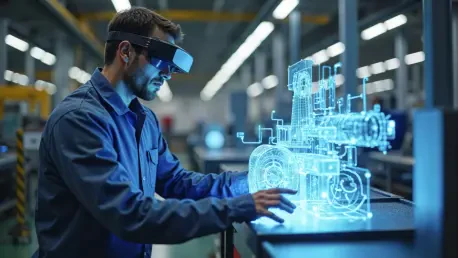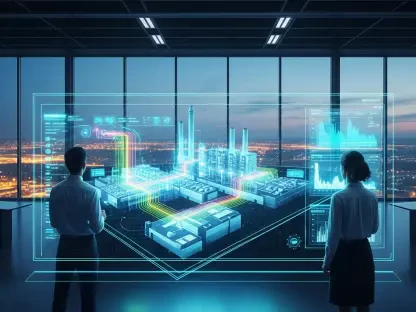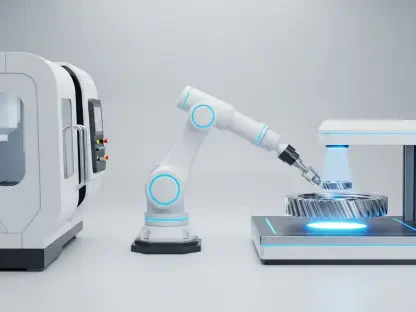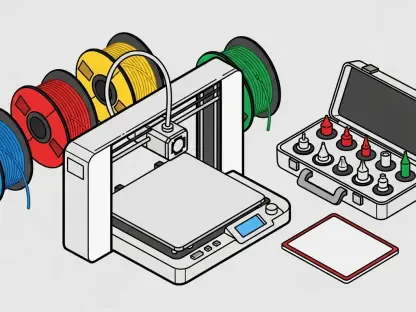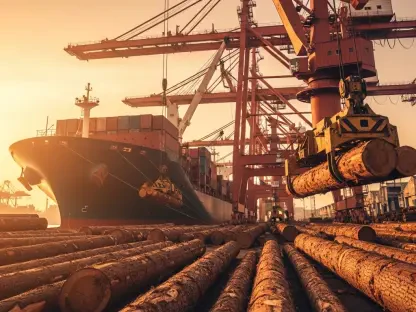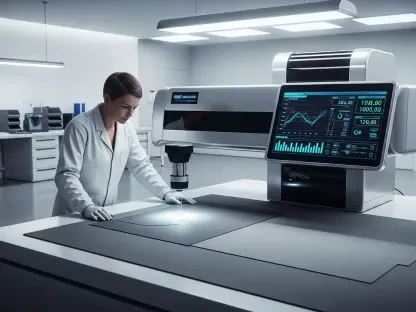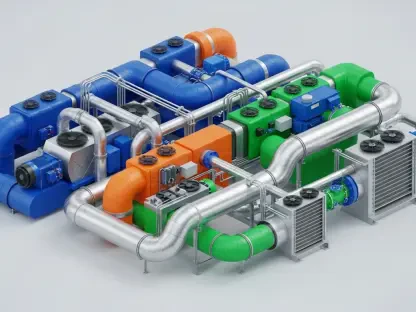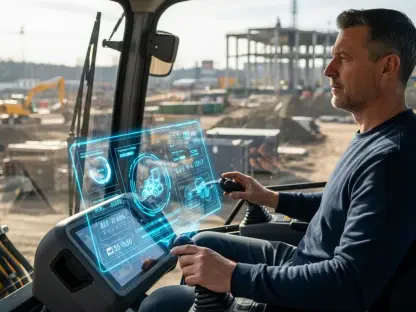Welcome to an insightful conversation with Kwame Zaire, a renowned manufacturing expert whose deep expertise in electronics, equipment, and production management has positioned him as a thought leader in the industry. With a keen focus on predictive maintenance, quality, and safety, Kwame has been at the forefront of integrating cutting-edge technologies and sustainable practices into manufacturing. Today, we dive into some of the most transformative trends shaping the sector, from the revolutionary applications of Generative AI in packaging to massive investments in local production, the role of AI in operational efficiency, sustainable IT models, and the impact of global trade partnerships. Join us as Kwame shares his unique perspective on how these advancements are redefining the future of manufacturing.
How are collaborations like the one between major food companies and tech research entities using Generative AI to innovate packaging solutions in manufacturing?
These partnerships are really pushing the boundaries of what’s possible in packaging. By leveraging Generative AI, companies are able to analyze vast datasets to identify new materials that meet stringent food safety and quality standards while also prioritizing sustainability. The AI systems can simulate and predict how different materials will perform as high-barrier packaging, which helps protect products better and extends shelf life. It’s a game-changer because it accelerates the discovery process, cutting down years of trial and error into months or even weeks, ultimately leading to smarter, safer, and more eco-friendly packaging solutions.
What potential do you see for AI-driven innovations to address specific sustainability challenges in the manufacturing of food products?
AI has immense potential to tackle sustainability head-on in food manufacturing. For instance, with packaging, AI can help design materials that are not only recyclable but also biodegradable, reducing waste significantly. Beyond that, it can optimize production processes to minimize energy use and raw material waste. I’ve seen models where AI predicts the exact amount of resources needed for a production run, slashing excess by a huge margin. If scaled across the industry, this could drastically lower the carbon footprint of food manufacturing, aligning with broader environmental goals.
Can you share your thoughts on the significance of large-scale investments in domestic manufacturing networks, like the multi-billion dollar commitments we’re seeing in the US?
These investments are a strong signal of intent to build resilience and localize supply chains, especially in critical markets like the US. A $2 billion investment, for example, isn’t just about expanding facilities—it’s about securing a future where companies can weather global disruptions like pandemics or trade tensions. It builds on past investments by enhancing capacity, modernizing equipment, and often integrating advanced tech like automation. Plus, it deepens ties with local consumers by ensuring products are made closer to home, which can be a powerful trust factor while also boosting local economies through job creation.
How is AI transforming operational efficiencies within major corporations’ manufacturing processes today?
AI is revolutionizing manufacturing operations by streamlining everything from inventory management to predictive maintenance. For instance, in large-scale operations, AI algorithms can predict when machinery will need repairs before a breakdown happens, saving millions in downtime costs. It’s also being used to optimize logistics—think real-time rerouting of shipments based on demand forecasts. These efficiencies translate to faster production cycles and lower costs, which is why so many executives are prioritizing AI in their strategic planning. It’s not just a tool; it’s becoming the backbone of modern manufacturing.
In what ways are circular IT models contributing to sustainability in the manufacturing sector?
Circular IT models are a brilliant approach to sustainability because they rethink the entire lifecycle of technology in manufacturing. Instead of the old “use and discard” mindset, these models focus on repair, refurbishment, and recycling of IT equipment. This cuts down on e-waste—something the world desperately needs, given we generate 50 million tons annually. In manufacturing, this means less environmental impact from discarded hardware and more efficient use of resources. Some companies are even adopting IT-as-a-service, where equipment is leased and maintained sustainably, which I think could become a standard in the industry.
How do global trade agreements, such as recent pacts between major economies like the UK and India, influence innovation in manufacturing sectors?
Global trade agreements are catalysts for innovation in manufacturing because they open up markets and foster collaboration. Take the recent UK-India deal, for example—it’s not just about trade numbers like $31.7 billion; it’s about shared goals in areas like clean tech. These agreements give manufacturers access to fast-growing sectors like renewable energy in India, while UK companies bring advanced green technologies to the table. This cross-pollination drives innovation, as companies are incentivized to develop cutting-edge solutions to stay competitive in these newly accessible markets. It’s a win-win for progress.
What is your forecast for the role of AI in shaping the future of manufacturing over the next decade?
I believe AI will become the cornerstone of manufacturing in the next decade, fundamentally altering how we design, produce, and distribute goods. We’re already seeing it add trillions to the global economy, with projections like $13 trillion by 2030. In manufacturing, AI will likely drive hyper-personalized production, where factories adapt in real-time to consumer demands. Sustainability will also get a massive boost as AI optimizes resource use and minimizes waste. But the real transformation will be in decision-making—AI will enable manufacturers to anticipate market shifts and operational hiccups with uncanny accuracy. It’s an exciting time, though it’ll come with challenges like workforce adaptation and ethical considerations around automation.
